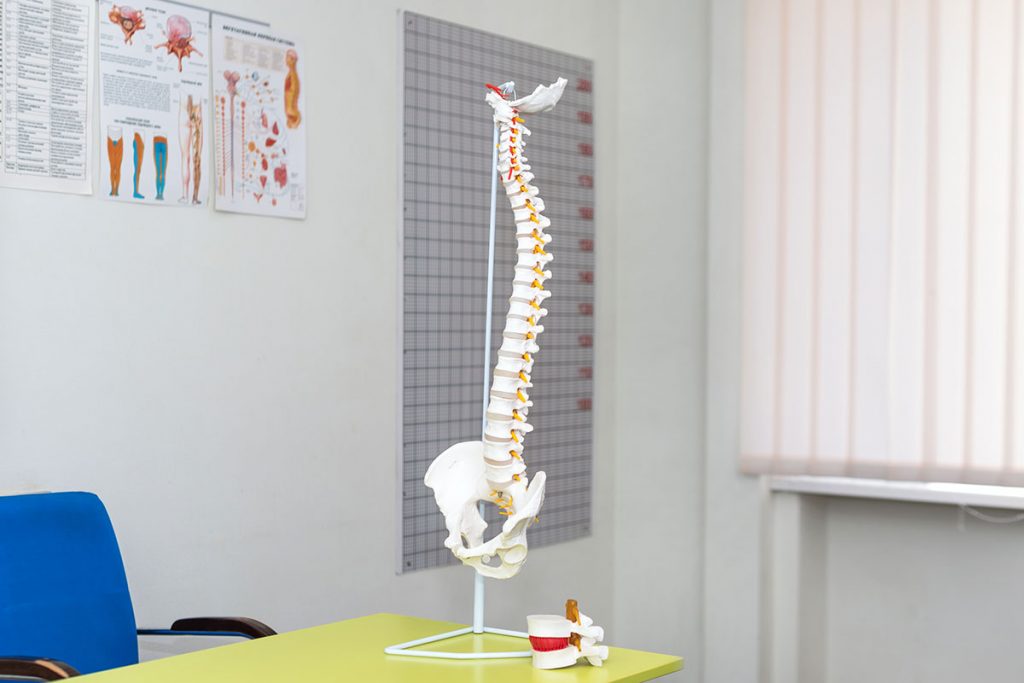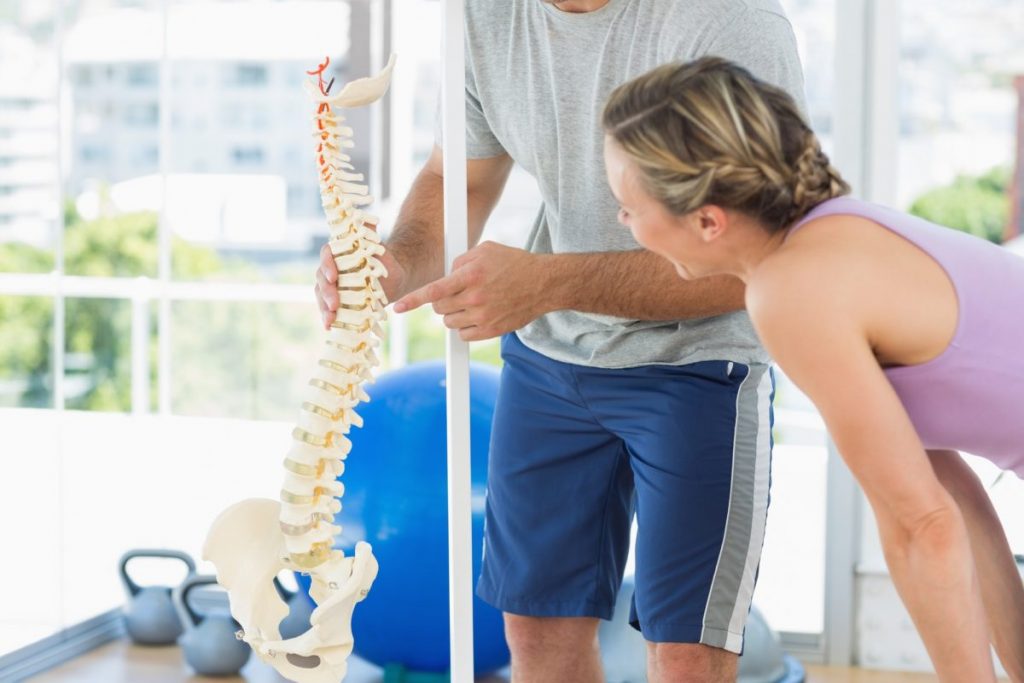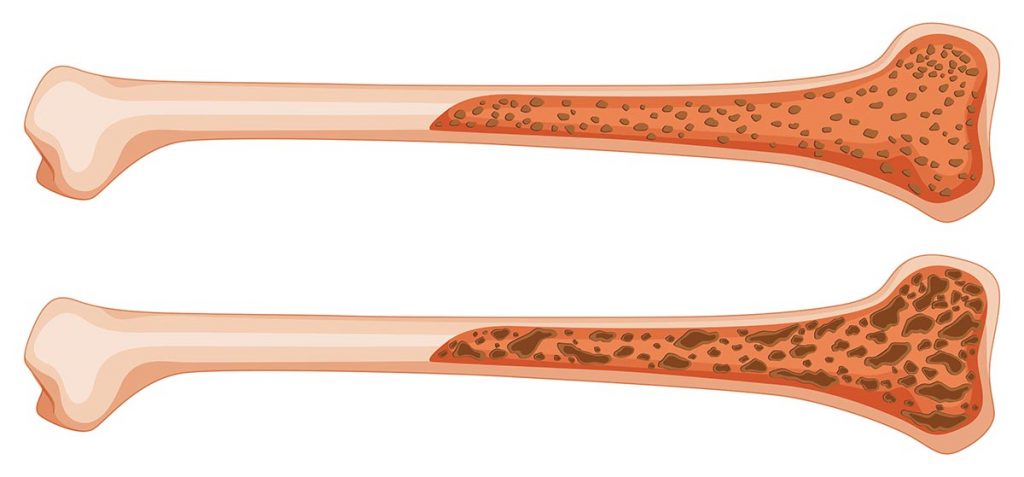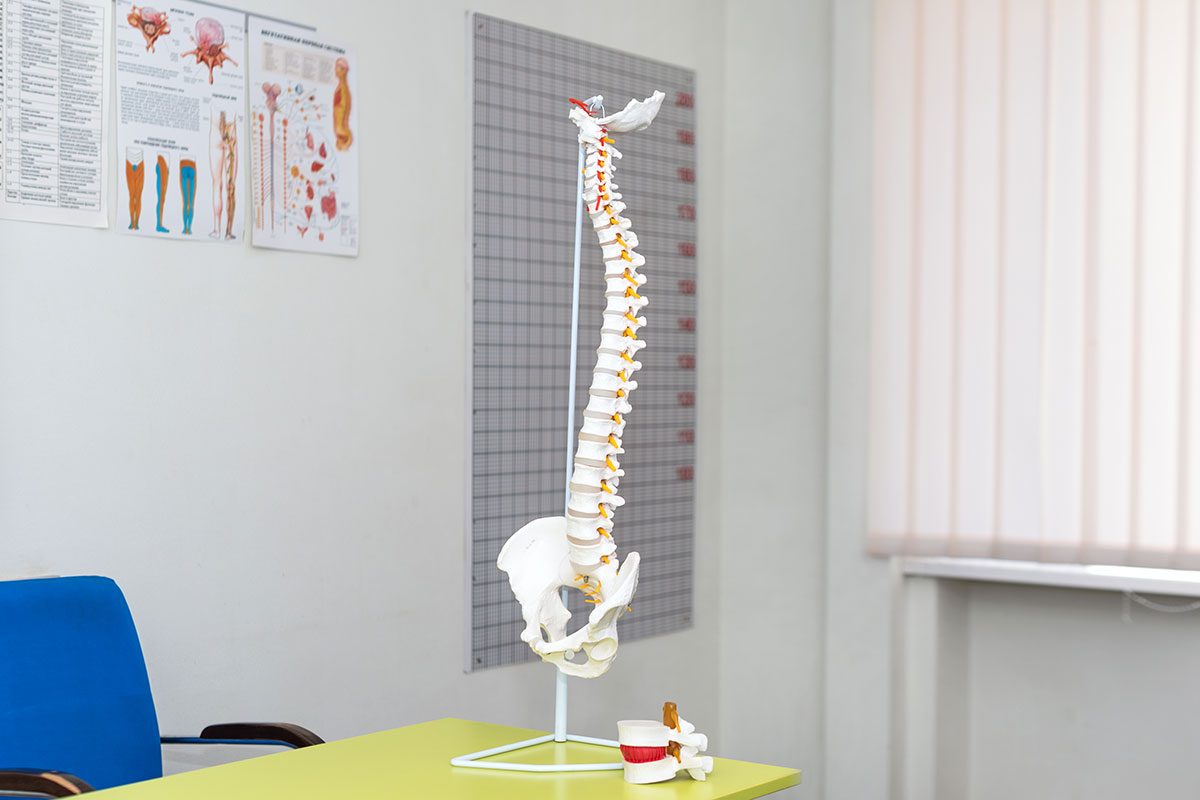
Table of Contents
- What is a Spinal Fusion?
- Conditions Treated by Spinal Fusion
- Risks and Potential Complications
- Recovery Process
- How to Prepare for Spinal Fusion Surgery?
- Finding Relief
Chronic back pain is debilitating, often affecting mobility, work, and socialization. Approximately 8.2% of U.S. adults experience chronic severe back pain, and the low back is one of the most common areas. The other common area is the neck. When non-surgical treatments are not providing relief, a spinal fusion for back pain may be recommended. It is the most frequently performed spinal surgery because it addresses a variety of spinal conditions.
What is a Spinal Fusion?
A spinal fusion for back pain is a procedure in which two or more vertebrae are fused. The bones in the spine are held together with rods and screws to create one stabilized bone.
A spinal fusion procedure may be done on two adjacent vertebrae or several vertebrae.
While the patient is under general anesthesia, the surgeon performs the following procedure.
- The lamina that covers the vertebra’s nerve roots is removed.
- Tissue pressing on the nerve root is removed to relieve pain.
- A bone graft is placed in the open space.
- Metal plates, rods, or screws are installed to hold the bone graft and vertebrae together.

The graft is obtained from harvested bone from the patient’s body (autograft), donor tissue (allograft), or artificial bone (synthetic material). The bone graft material may be delivered to the open space via cages, interbody devices that stabilize the spine, and/or engineered growth factors (osteobiologics) are added to promote fusion. Grafts can also be placed in the spine’s transverse processes, the bony projections that extend out the side of each vertebra, or in facet joints.
Different types of spinal fusions indicate how the spine is accessed. For example, the posterior lumbar interbody fusion (PLIF) accesses the spine from the back. The anterior lumbar interbody fusion (ALIF) accesses the spine through the abdomen. Some procedures access the spine from the side and through the psoas muscle.
A spinal fusion is permanent and often accompanies other medical procedures. The primary purpose of the spinal fusion is to stabilize the spine. Still, the root cause of the instability is also addressed before or during a spinal fusion, such as a herniated disc, which causes instability.
Conditions Treated by Spinal Fusion
Non-surgical treatments are always tried first when people experience back pain, such as physical therapy or spinal injections. When they do not reduce pain enough to restore the quality of life or the spine is unstable, a back surgery spinal fusion will be considered when one or more conditions exist.
- Spine instability due to traumatic bone injury, such as a fracture
- Degenerative or congenital disc disease, causing chronic pain, such as osteoporosis or osteoarthritis
- Unstable or weak spine due to tumors or infection
- Abnormal spinal curvature due to conditions like scoliosis or kyphosis
- Spinal instability after a herniated disc is removed
- Spinal stenosis, which is often due to arthritis
- Spondylolisthesis occurs when a vertebra slips over another vertebra

Spinal fusions are performed on all three sections of the spine: lumbar, cervical, and thoracic.
Risks and Potential Complications
All surgeries present the risk of developing complications. Some of the spinal fusion risks and potential complications include the following.
- Infection
- Nerve damage leading to continued or additional pain or numbness
- Muscle weakness leading to mobility limitations
- Failed fusion, potentially requiring a second surgery
- Degeneration or other problems in the vertebrae surrounding the fused spinal vertebra due to increased stress placed on the bones
- Dural tears (membrane surrounding the spinal cord) leading to cerebrospinal fluid leakage
- Bleeding or blood clots
- Delayed healing
Pseudoarthrosis is the term used for a condition in which a “false joint” forms. The spinal vertebrae fail to fuse and heal properly, resulting in a fibrous gap that resembles a joint. The many risks associated with the surgery are increased if the patient smokes, is diabetic, or has a vitamin D deficiency.
Recovery Process
The spinal fusion recovery process is a phased process. There is no standard recovery program, as each person’s experience is unique. The following are some general guidelines.
- Remain in the hospital 3-4 days post-surgery
- Take pain medications as prescribed
- Learn the correct way to stand, sit, and walk, get out of be,d and perform other motions without twisting the spine or bending at the waist
- Once home, the first 4-6 weeks involve only light activity and plenty of rest
- Do not lift more than 15-20 pounds
- Keep the wound clean and watch for signs of infection
- Attend physical therapy sessions
- Wear a brace if the surgeon advises it
- Take short walks and do gentle exercise as taught by a physical therapist
- Within 1-3 months, begin to increase activities while still avoiding lifting, bending, and twisting
- Usually within 6-12 months, the fusion is fully healed, as confirmed with x-rays, so you can return to doing all activities

A patient’s ability to return to work depends on several factors, including the rate of fusion healing and the nature of their work. If heavy physical labor is involved, it could be longer than six months. The doctor will monitor the healing process. The recovery process, which includes the ability to conduct normal activities, can take up to 12 months. It is important not to rush the healing process for the best long-term results.
How to Prepare for Spinal Fusion Surgery?
There are some steps a patient can take to prepare for the surgery.
➥ Stop smoking 3-4 weeks before the surgery
➥ Try to reach a BMI of less than 35 kg/m2
➥ Abstain from alcohol
➥ Stop taking opioids 6-8 weeks before surgery
➥ Identify rehabilitation exercise programs in advance
➥ If diabetic, ensure blood sugar levels are controlled
In general, it is crucial to be as healthy as possible before the surgery.
Spinal Fusion Procedures Available at SAPNA Clinic
Finding Relief
The benefits of a successful spinal fusion procedure and the healing process can be significant. Chronic pain may be significantly reduced, or in the best-case scenario, ended. Many patients experience restoration of function, which improves their quality of life. This potential improvement in quality of life is a source of hope and optimism for many patients who have suffered from back pain for a long time. A study of the spinal fusion success rate 10 years after the surgery found that most people were still experiencing benefits, though some may have been partially lost.
There is no specific success rate to quote because of the variability of results. Some people may experience a full reduction in pain, while others continue to experience some discomfort. Since vertebrae are fused, spinal flexibility is permanently limited. It is crucial to follow all post-surgery recovery treatment plans carefully to achieve the best possible results.
Sources
- https://www.nccih.nih.gov/research/research-results/us-national-survey-identifies-associations-between-chronic-severe-back-pain-and-disability
- https://www.hss.edu/health-library/conditions-and-treatments/list/spinal-fusion
- https://medlineplus.gov/ency/article/002968.htm
- https://pmc.ncbi.nlm.nih.gov/articles/PMC9659217/#sec3-jcm-11-06279
- https://www.sciencedirect.com/topics/medicine-and-dentistry/pseudarthrosis
- https://pubmed.ncbi.nlm.nih.gov/38848350/
- https://pmc.ncbi.nlm.nih.gov/articles/PMC10441252/
- https://pmc.ncbi.nlm.nih.gov/articles/PMC12029390/
- https://pmc.ncbi.nlm.nih.gov/articles/PMC10570578/#sec0009
